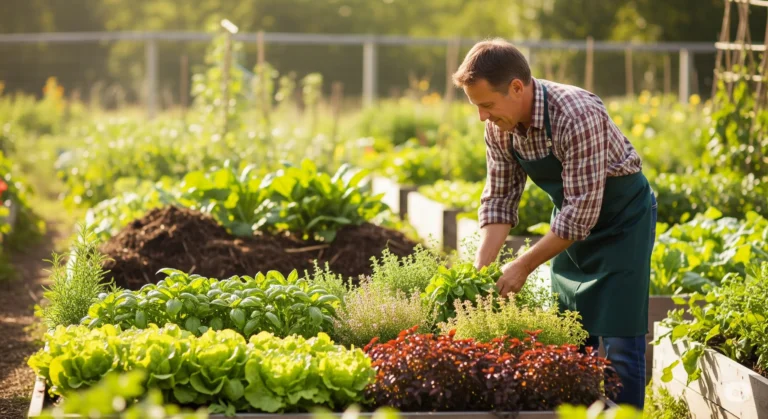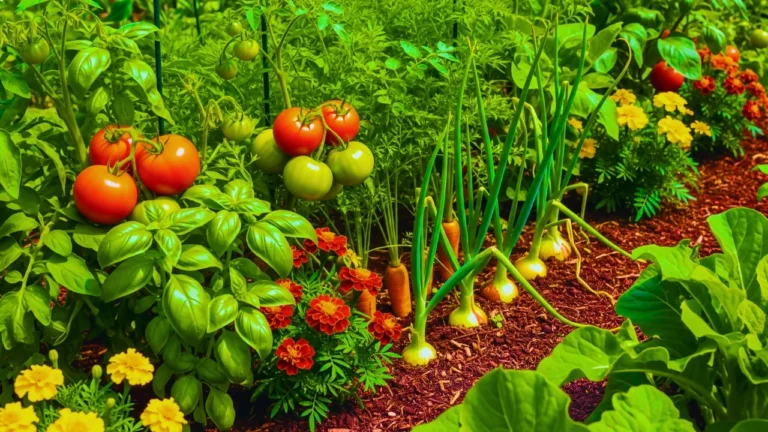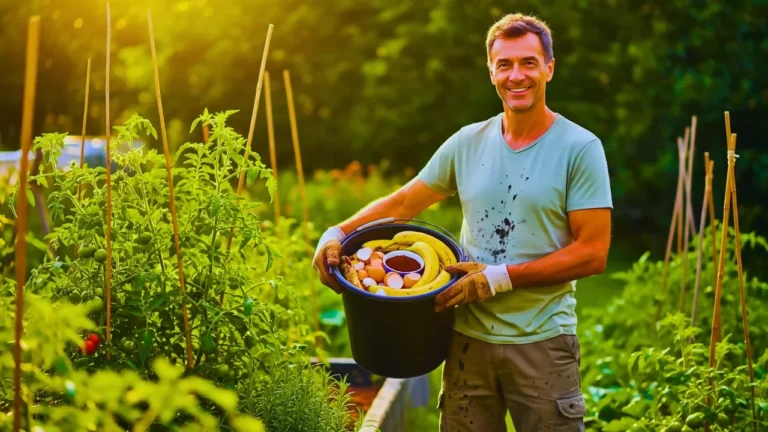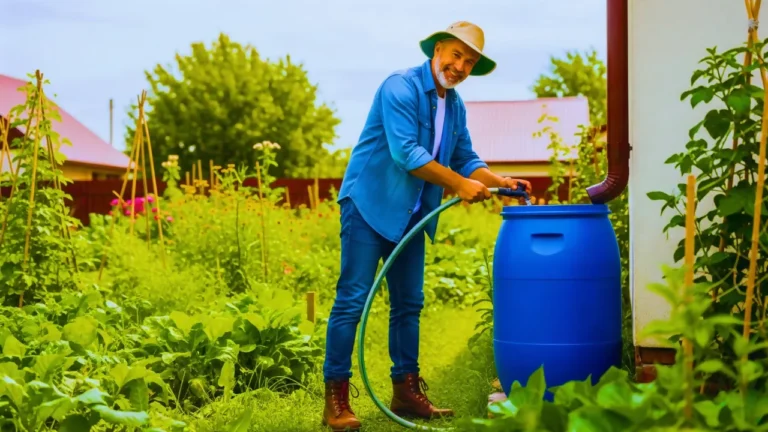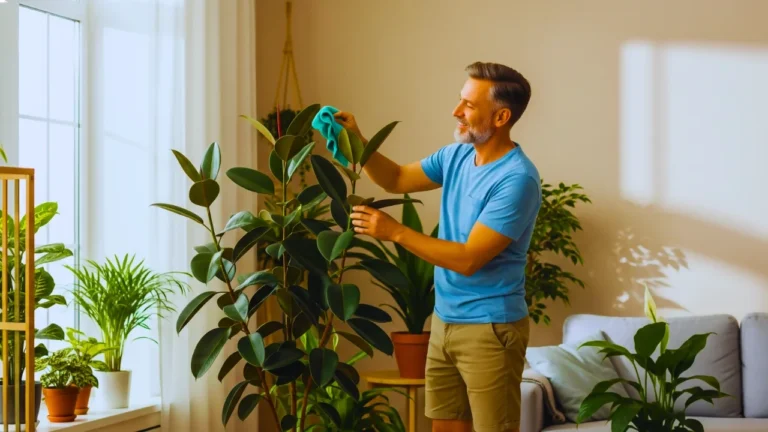Red Mulch: 5 Reasons This Vibrant Choice Boosts Plant Growth and Garden Beauty
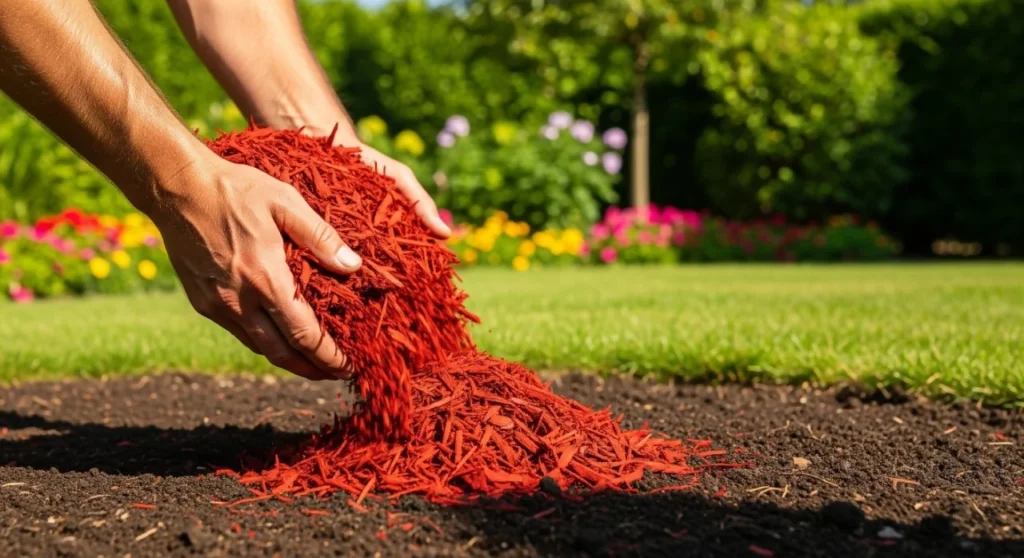
Introduction
5 Benefits of This Dynamic Choice for Plant Health and Garden Aesthetics
Mulch is not just a beautiful ground cover; it is a crucial factor in keeping plants healthy and the soil protected. When considering mulch, red mulch can stand out. Red mulch isn’t just there to provide a bold aesthetic; there’s more. Red mulc can provide tangible benefits that help nurture healthier plants and enhance garden beauty.
This article explores five evidence-based reasons why red mulch may be the right choice. Whether you’re a beginner in the art of mulching or simply looking for a better choice, there is solid advice, tips, and science to help you make a well-informed choice.
1: Provides Additional Photosynthesis Potential Through Reflection of Red Light
Everyone knows mulch can hold moisture and suppress weeds, but red mulch can do even more. Research demonstrates that red mulc reflects red light wavelengths onto the plants, encouraging vigorous plant growth. The USDA Agricultural Research Service found that tomato plants grown with red mulch had higher overall yields and faster growth than plants grown with black or bare soil (USDA ARS, 2019).
How It Works
Plants take in light as part of photosynthesis, particularly red and blue wavelengths. Red mulch bounces red light back to a plant’s lower leaves, which expands the natural process. This enables crops like tomatoes, strawberries, and peppers fuller grow fully and increase fruit production.
Practical Tip
For best results, tuck red mulch around fruiting vegetables or berry bushes as early as possible in the growing season. Lay the mulch flat and leave a few inches between the mulch and the stems, so as not to rot.
2: Retains Soil Moisture & Reduces Watering
Watering is a gardener’s greatest nemesis, especially in hot climates. One of the best things red mulch does is lay the perfect barrier on top of the soil, and significantly decreases evaporative losses occurring from that surface. It locks in moisture and reduces the need for watering a lot in summer or areas that regularly have drought.
Why it Matters
Protecting the moisture in the soil also means the roots can continue to be hydrated. Plants are under less stress, roots will develop better because they will not dry out when the topsoil is dry, and most importantly, you won’t have to water as often.
Example
Red mulch is effective in raised garden beds or container gardens because it prevents all of that moisture from evaporating quickly and helps stabilize temperatures that would otherwise cause the plants to wilt.
Here’s A Tip
If you water the soil well before applying red mulch, you can prevent the soil from drying out, and covering it with a 2- to 3-inch layer of mulch will seal the moisture. This simple act can dramatically lower the water usage of your garden.
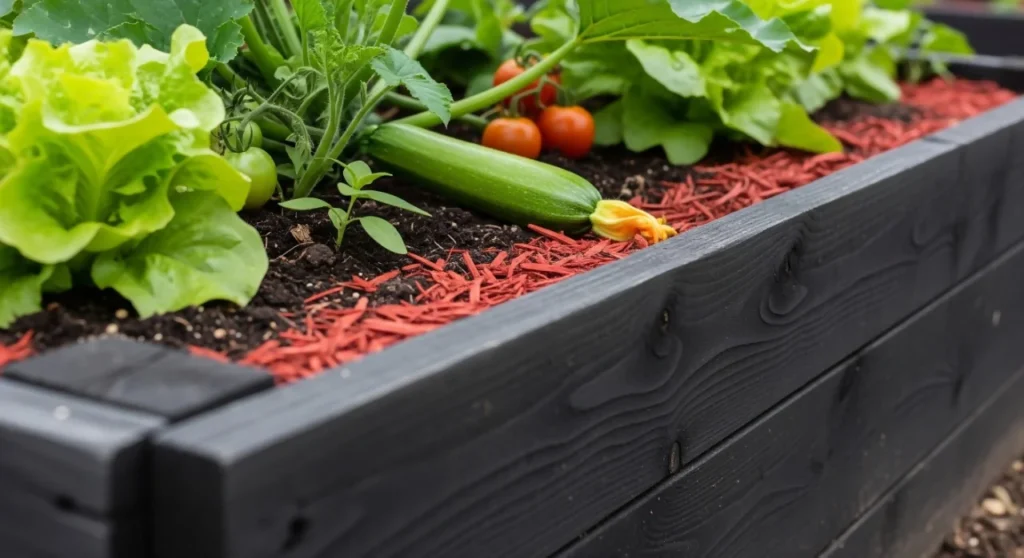
3: Naturally and Safely Control Weeds
Red mulch is like a natural weed barrier. Even with the absolute best efforts, weeds will grow if there is sufficient sunlight and moisture! Red mulc prevents the sunlight from reaching weed seeds, thus replacing the moisture with a barrier to ensure its survival.
Natural Weed Barrier
In addition to potential harm/harmful chemical compounds to beneficial insects and toxicity to soil health, herbicides kill vegetation, not just weeds, but even weeds are not entirely harmful. Using weed barrier mulch protects your garden from unwanted competition, and your garden plants get more nutrients/moisture/space.
Real World Example
Whether in flower beds or vegetable patches, gardeners who use red mulch often have weed problems that are not infrequent. Not only does it create a mulched surface that is dense enough for weeds to penetrate, but weeds have extremely limited means of expanding!
Instruction Smartbolt
As an added precaution to limit weeds, you weigh until you have planted your desired crops (tomato, pepper, dill, etc.) and they are somewhat established; once established, you can add your red mulch to limit the chances of creating weed problems! If you really desire not to have weeds at all when growing in dirt, consider adding a layer of weed barrier fabric underneath the mulch.
4: Enhances Garden Appearance with High Color Contrast
One of the major aesthetic benefits of red mulch is how it enhances the beauty of your garden. It’s bold, warm color contrasts well with green plants, flowering plants, and dark soil to create depth, texture, and color in your landscape.
Curb Appeal
Red mulch is especially popular in front yards and decorative flower beds since it makes gardens look professionally maintained, drawing attention to garden edges while outlining plant beds with a clean, colorful border.
Versatile Use
It works with rustic and modern style gardens and can be used in different garden spaces when installed around shrubs, trees, walkways, or garden art.
Pro Tip
Use red mulch when you want a visual statement on your landscape, such as flower beds positioned close to your home entrance or under ornamental trees.
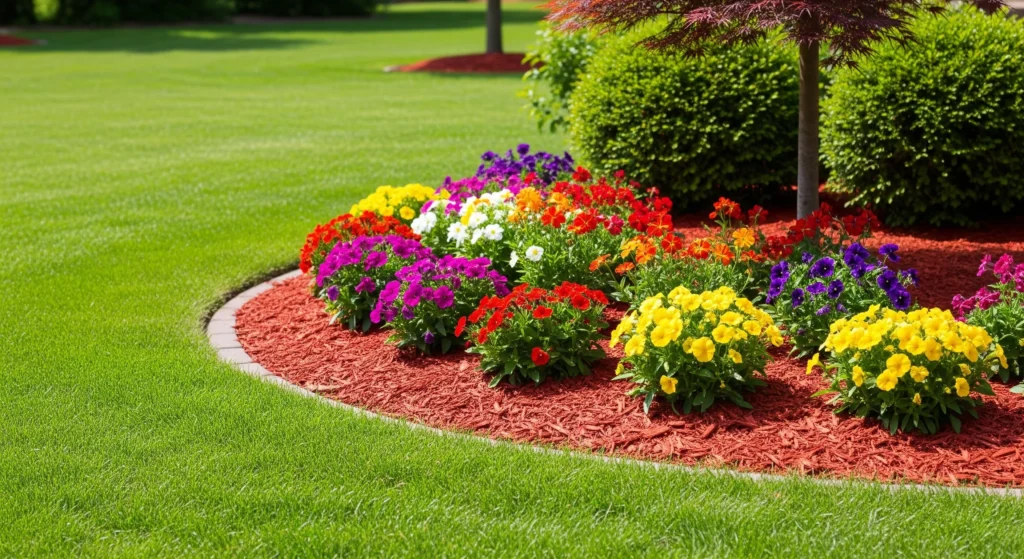
5: Protects Soil From Erosion and Temperature Fluctuation
Red mulch acts like a protective blanket for your soil. It helps protect soil from wind, rain, and the bright, hot sun, which can contribute to soil erosion or dramatic temperature changes.
Why It’s Important
Unprotected soil can wash away necessary nutrients or compact, making it harder for plant roots to breathe and absorb water. Red mulch provides a stabilizing quality, especially on slopes or newly planted beds.
Example
If you live in a region with heavy seasonal rains or hot sunny weather, you should choose red mulch to avoid degrading your garden.
Garden Maintenance Suggestion
After heavy rain, apply mulch coverage and replenish if necessary to ensure that you have fully protected the soil. You can expand the mulch depth to maintain a 2–3 inch depth if necessary.
Frequently Asked Questions
Q1: Is red mulch safe for vegetable gardening?
Yes, as long as you choose a natural, non-dyed, or vegetable-safe dyed mulch. To our knowledge, most red mulches made today are certified safe to plant edible plants.
Q2: How long does red mulch last?
Generally, red mulch will last for up to 12 months until fading occurs. You should replenish annually to restore color and operation.
Q3: Will red mulch stain my concrete or walkways?
Some dyed mulches potentially bleed when wet. To control for this, choose a high-quality mulch that uses a non-toxic and fade-resistant dye. Do not place anything directly on concrete.
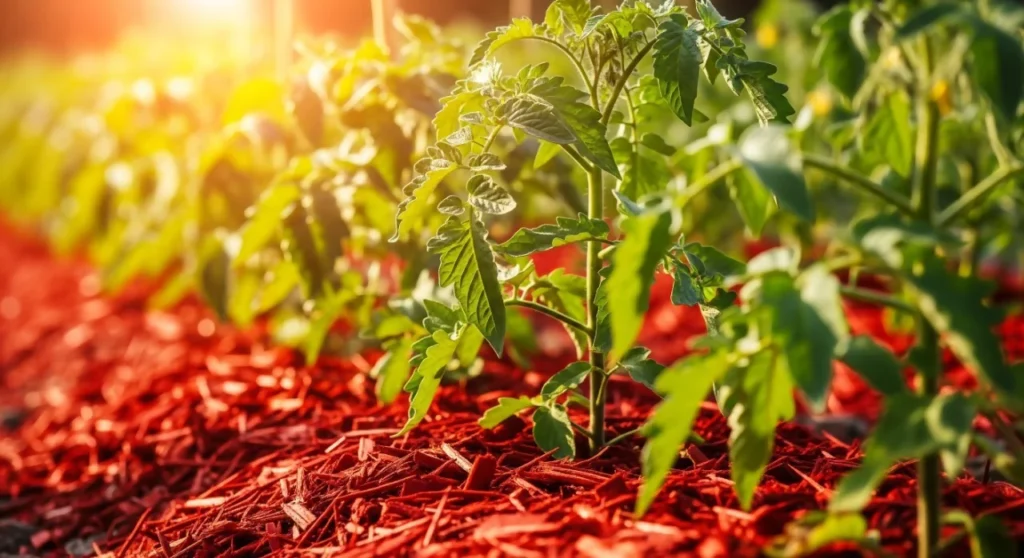
Conclusion
Red mulch is more than appearance; it’s valuable to your garden. Red mulch will enhance plant growth by reflecting red light, suppress weeds, and improve the beauty of your landscape. Red mulch is a great decision for you, given the science behind its use. With proper use of red mulch, you will save water, have healthier plants, and develop a stunning garden that other neighbors will be envious of. Red mulch is not only a color; it is a garden upgrade.
Want to dabble in a powerful and more natural garden? We recommend our premium Medicinal Seed Kit, which includes 10+ organic seeds for home remedies, teas, and healthy living. This kit is perfect if you are looking to start a mulched garden with a purpose.
Bonus Tip: Combine With Rainwater Harvesting
Want to increase your garden care? Combine red mulch and rainwater harvesting techniques to create an entirely self-sustaining watering system. For more information on harvesting rainwater for garden use, see our related guide, Rainwater Harvesting for Garden Use: 5 Easy Steps.

